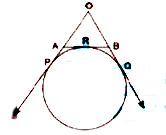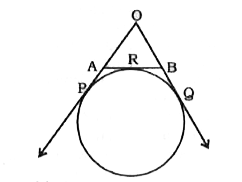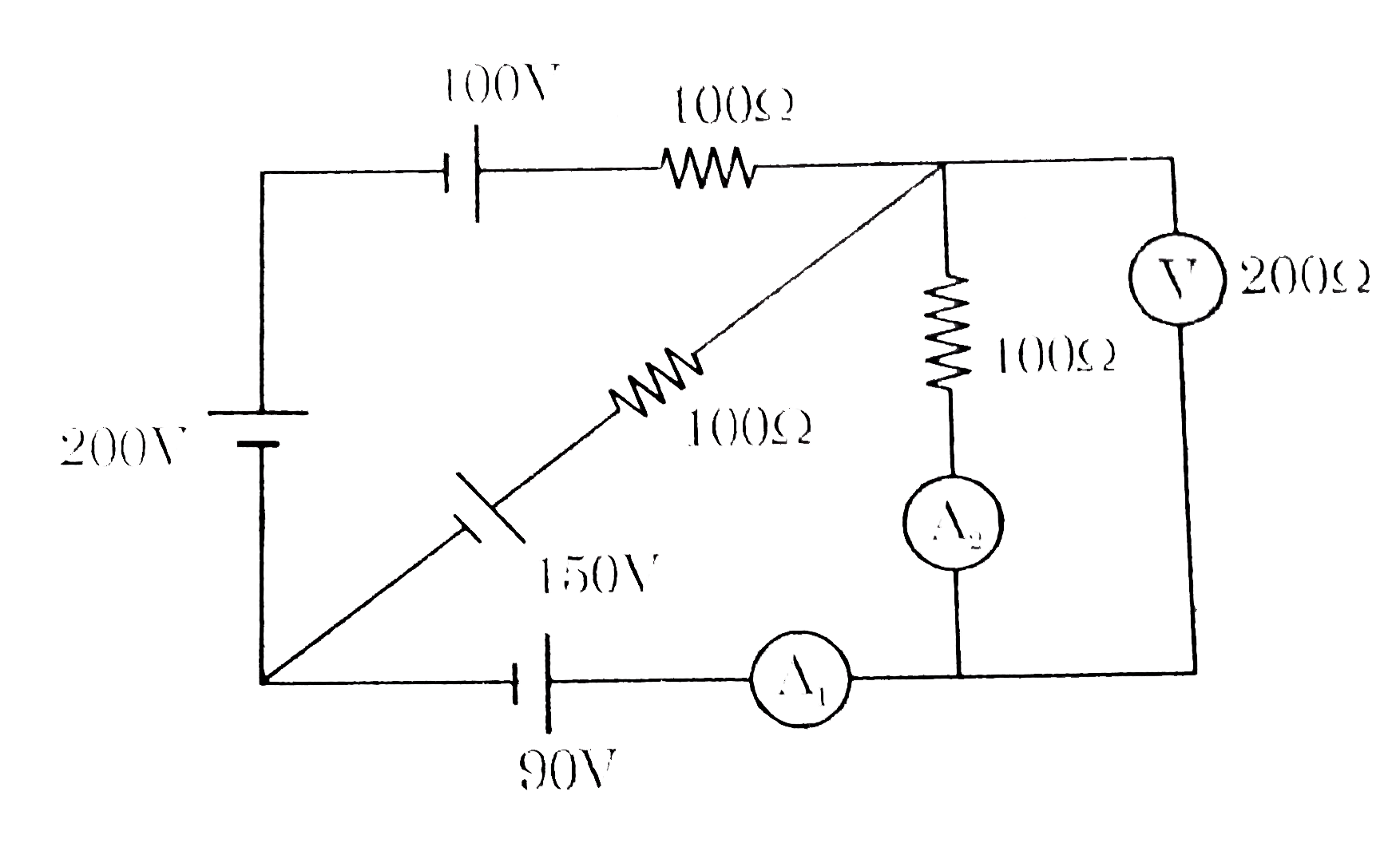Which of the following options is CORRECT ?
Additive identity if a rational number a is −1/a
For rational numbers a,b and c a−(b−c)=(a−b)−c
The value of 11+231+23+891−23 is 1315
Reciprocal of 1x , (where x≠0) is -x .
The correct Answer is:A
To solve the question, we need to analyze each of the given options and determine which one is correct. Let's break it down step by step.
Step 1: Analyze the First Option
The first option states that the additive inverse of A is −1A.
Explanation:
The additive inverse of a number A is the number that, when added to A, results in zero. The correct additive inverse of A is −A, not −1A.
Conclusion: The first option is incorrect.
Step 2: Analyze the Second Option
The second option involves the expression A−(B−C).
Explanation:
When we simplify A−(B−C), we distribute the negative sign:
A−(B−C)=A−B+C
The expression on the right side is A−B−C.
Conclusion: Since A−B+C is not equal to A−B−C, the second option is also incorrect.
Step 3: Analyze the Fourth Option
The fourth option states that the reciprocal of 1X is −X.
Explanation:
The reciprocal of 1X is X, not −X.
Conclusion: The fourth option is incorrect.
Step 4: Analyze the Third Option
The third option involves the expression:
11+23÷(1+23+89)÷(1−23)
Step 4.1: Simplify the Denominator
First, simplify 1−23:
1−23=13
Step 4.2: Simplify the Expression
Now, we need to simplify the entire expression:
11+23÷(1+23+89)
Step 4.3: Simplify 1+23
1+23=33+23=53
Step 4.4: Simplify 1+23+89
Convert 1 to a fraction with a common denominator:
1=99so,1+23+89=99+69+89=239
Step 4.5: Substitute Back
Now we substitute back into the expression:
153÷239÷13
Step 4.6: Simplify Further
The expression simplifies to:
35÷239÷13
Step 4.7: Final Calculation
Calculating 35÷239 gives us:
35×923=27115
Now, dividing by 13:
27115×3=81115
Conclusion
After analyzing all options, the only correct option is the third one.
Final Answer
The correct option is the third one.
The first option states that the additive inverse of A is −1A.
The additive inverse of a number A is the number that, when added to A, results in zero. The correct additive inverse of A is −A, not −1A.
The second option involves the expression A−(B−C).
When we simplify A−(B−C), we distribute the negative sign:
A−(B−C)=A−B+C
The expression on the right side is A−B−C.
The fourth option states that the reciprocal of 1X is −X.
The reciprocal of 1X is X, not −X.
The third option involves the expression:
11+23÷(1+23+89)÷(1−23)
First, simplify 1−23:
1−23=13
Now, we need to simplify the entire expression:
11+23÷(1+23+89)
1+23=33+23=53
Convert 1 to a fraction with a common denominator:
1=99so,1+23+89=99+69+89=239
Now we substitute back into the expression:
153÷239÷13
The expression simplifies to:
35÷239÷13
Calculating 35÷239 gives us:
35×923=27115
27115×3=81115
After analyzing all options, the only correct option is the third one.
The correct option is the third one.
Topper's Solved these Questions
Similar Questions
Knowledge Check
- Question 1 - Select One
Which of the following option is CORRECT about the figure shown below?
 AOA – AR = OB + BRBOA + AR = OB – BRCOA + AR = OB + BRDNone of these
AOA – AR = OB + BRBOA + AR = OB – BRCOA + AR = OB + BRDNone of these - Question 2 - Select One
Which of the following option is CORRECT for SAS similarity criterion for the triangle ABC and DEF?
 Aa) ∠A=∠DandABDE=ACDFBb) ∠B=∠EandABDE=BCEFCc) ∠C=∠FandACDF=BCEFDd) All options are correct.
Aa) ∠A=∠DandABDE=ACDFBb) ∠B=∠EandABDE=BCEFCc) ∠C=∠FandACDF=BCEFDd) All options are correct. - Question 3 - Select One
Which of the following option is CORRECT about the figure shown below?
 AA)OA−AR=OB+BRBB)OA+AR=OB−BRCC)OA+AR=OB+BRDD)None of these
AA)OA−AR=OB+BRBB)OA+AR=OB−BRCC)OA+AR=OB+BRDD)None of these

Which of the following options CORRECT for Aluminium ?View SolutionWhich of the following options is NOT correct about the Payment Banks ?
View SolutionWhich of the following options is / are correct with respect to catalysis / catalyst?
View SolutionWhich of the following option is correct ?
View SolutionWhich of the following option is correct ?
View Solution



